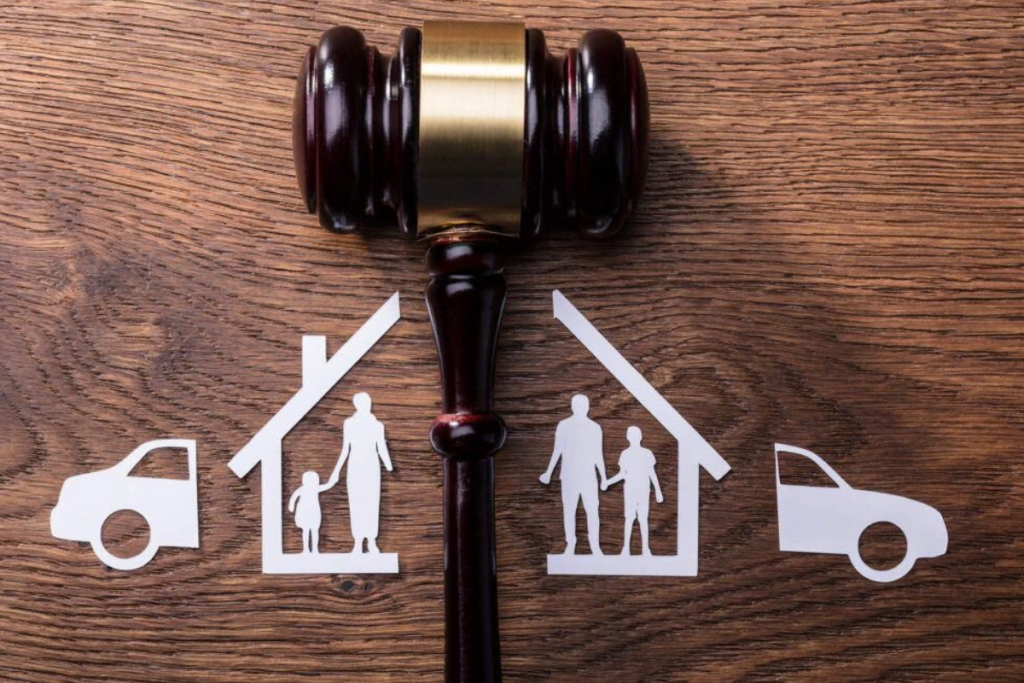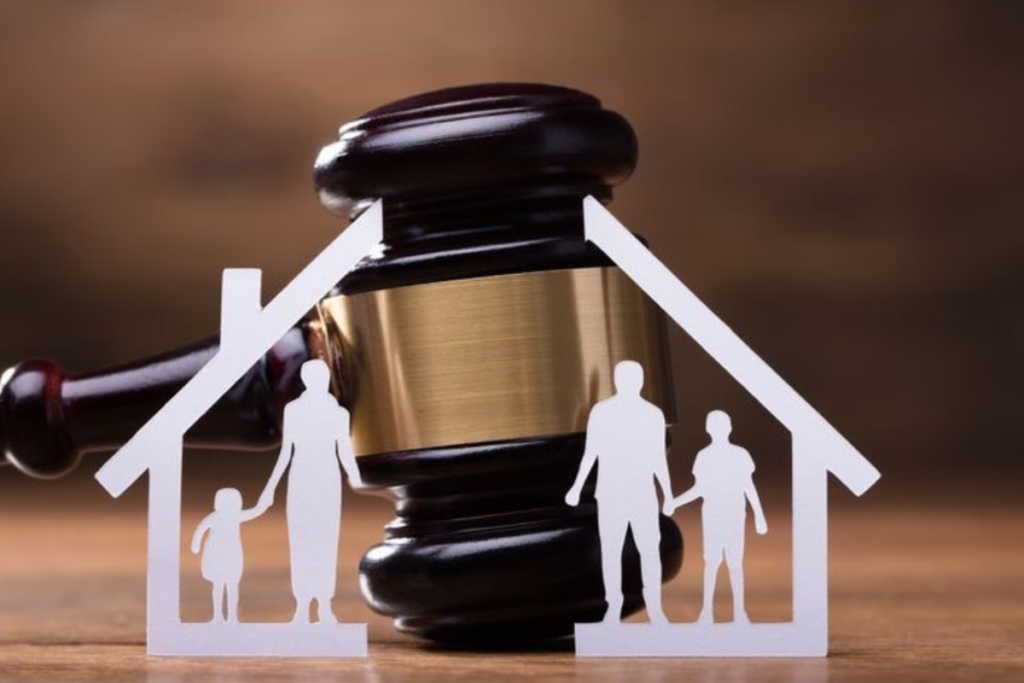Divorce does not just mean the end of a marriage; it involves a financial side. Divorce involves sorting out the economic ties that were created during the relationship. A monetary settlement is a significant part of a divorce, as it helps the people involved in the marriage understand what money or assets they will have to plan for their future.
Although getting divorced without a financial settlement is possible, it usually leaves issues unresolved. It doesn’t have to be divorce alone. There are also cases of financial separation without getting divorced. This is called legal separation or a separation agreement. In this arrangement, a couple remains legally married but lives separate lives. They can still agree on how their finances will be handled.
Understanding Financial Settlements: What You Need to Know
A financial settlement in a divorce is a legal agreement that explains how a couple’s money, property, debts, and pensions are divided when they break up. Ensuring that this settlement is fair is important because it helps avoid future arguments and ensures that both people get what they need financially.

In most cases, a financial settlement can be worked out without going to court. This usually happens through discussions, where both sides share their financial information. Lawyers help with these discussions, and the couple may then agree on a solution.
However, sometimes, it is hard to reach an agreement just by having discussions. The couple may have issues that would be impossible to settle by mere talks. For example, many people choose to divorce because of financial problems. Although it is not illegal to get a divorce for economic reasons, it is always hard to settle disputes over finances with just discussions.
The financial settlement includes various financial elements, including property and real estate, savings and investments, debts, and pensions. Others are:
- Spousal Support or Maintenance: Divorce settlement is often called alimony or spousal support. Spousal maintenance refers to ongoing financial support that one person might have to pay the other for a specific time after separating.
- Child Support: This is different from spousal support. It involves deciding whether extra money is needed to support the children. A government service that usually determines child maintenance is called the Child Maintenance Service.
ALSO READ: Bill Gates Transfers Shares Worth $3 Billion to Melinda After Their Divorce
How Assets Are Divided in Divorce: Key Factors and Processes
When a couple gets divorced, the court follows specific rules to decide how they will share their assets, like money and property. These rules focus on fairness, especially when children are involved. The following factors are the significant things the court takes into account when trying to reach a financial statement:

- Children’s Welfare: If the couple has children, their needs come first. The courts will ensure enough financial support to take care of them.
- Money and Future Earnings: The court will check how much each person has during the divorce and what they might earn. This includes looking at all their assets, income, and potential to earn money later. If one person works less or has a new partner who makes money, this could affect the decision.
- Future Financial Needs: The court looks at what each person will need to live in the future. Part of this is figuring out the cost of setting up two separate households. Sometimes, one person might have to pay the other to help with living costs.
- Age and Length of Marriage: The age of each person and how long they were married can affect how things are divided between them. If the marriage was short, the court may consider what each person owned before marriage.
- Contributions to the Marriage: Each person’s contributions will be considered. The court will check whether they earned money or cared for the home and children. It will look at how each person helped build the family life.
ALSO READ: Joint Tenancy Checking Account: Advantages and Potential Pitfalls
How Different Types of Assets Are Divided in a Divorce
When people get divorced, they usually have to split their money and belongings, which can be difficult. How things are divided depends on the laws of where they live. However, the goal is to be fair and ensure both people can meet their financial needs. Here is how different types of assets are usually split during a divorce:

- Property: The family home is usually the most significant asset. The court will consider the length of the marriage, whether there are children, how old they are, and each person’s financial situation. The house could be sold, and the money could be split between the couple, or one person may buy out the other’s share. Sometimes, the house sale is postponed until the children are older.
- Pensions: Pensions are another essential asset. The courts might split the pension so each person can have their portion for the future. Sometimes, one person keeps the pension, and the other gets a more significant share of different assets, like the house.
- Savings and Investments: This includes money in the bank, stocks, and bonds. The court will examine what each person contributed and whether the assets were earned during the marriage.
- Personal Belongings: Things like cars, furniture, and artwork are also divided. Usually, they are given to the person who used them the most or who is more attached to them. Sometimes, things like gifts or inherited items are treated differently.
- Debts: Marital debts, like loans or credit cards, are split. The court will consider who took on the debts, why, and who can pay it off.
Whether it is property, pensions, savings, personal belongings, or debts, the goal is to balance things out so that each person can move forward.

